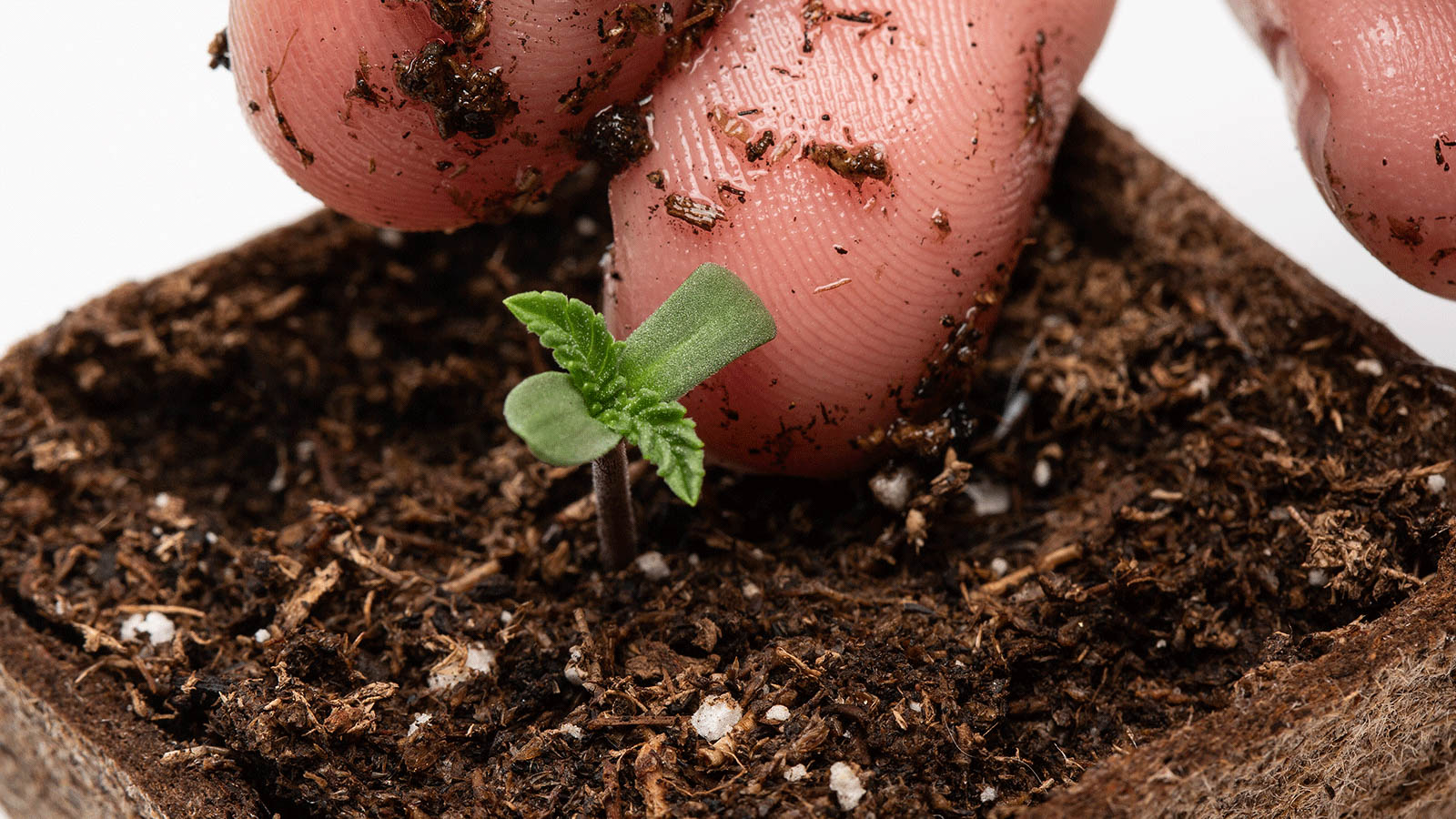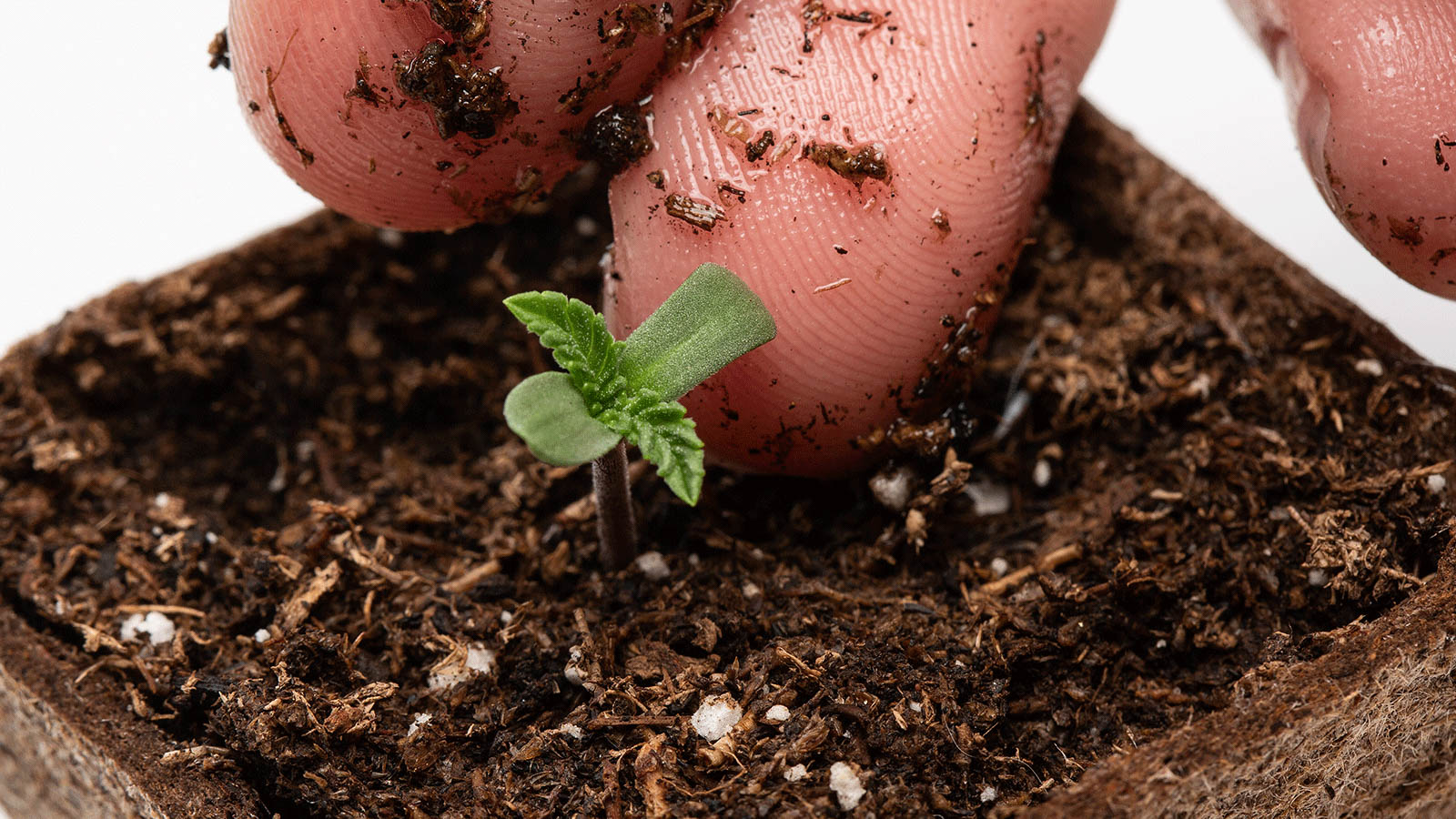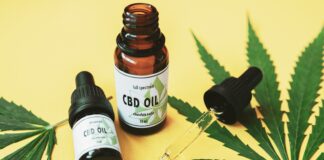
Growing cannabis for the first time can be overwhelming, especially when you take into account the different equipment, materials, and knowledge you should have before beginning this process. While advanced cultivators take countless factors into consideration and have mastered techniques to maximize their yields, the basics of growing plants, cannabis or otherwise, apply to everyone from the beginner to the expert.
Questions to Ask Before Growing Marijuana
Whether you’re a first-time cultivator or have grown marijuana before, you’ll need to ask yourself some key questions to better understand the weight of the task ahead of you.
- Is it legal to grow cannabis where you live?
- Do you have to be a medical patient to grow cannabis?
- Do you have enough open space to successfully grow?
- Do you own your property or live in a cultivation-friendly building? How far away is your property from school zones and other private residencies?
- Do you have the time and money to invest in your grow?
It’s important to consider these five basic questions because cannabis requires an appropriate amount of space, light, temperature, water, and nutrients to be successful. Different cultivars have different environmental and space requirements, but on average, each plant will need at least 9 square feet, or about 1 square meter, of space to thrive. In most places where you can legally grow marijuana, the odor needs to be controlled and it must be grown out of public sight.
Evaluating Your Investment Needs
Cost considerations come into play as you decide what type of growing method you prefer and what types of growing media, lighting sources, and nutrients you’d like to use.
Common growing media include soil, mineral wool cubes, composts, and soilless media. The most common soilless media include coco coir, perlite, clay aggregate, vermiculite, and mineral wool. Which growing medium is best depends on if you opt for growing in an outdoor, greenhouse, or indoor setting.
Outdoor and greenhouse cultivation make use of the natural environment and requires the least amount of specialized equipment. These settings rely on the available natural light throughout the year and the ambient temperature of the environment. In greenhouses, some of these environmental conditions can be controlled. In both settings, soil is typically the ideal medium.
Indoor cultivation allows for the precise control of all environmental factors. While outdoor cultivation makes use of mother nature for that environment, indoor cultivation requires growers to mimic the environment with the use of lights; heating, ventilation and air conditioning (HVAC) systems; and, depending on your chosen method, a host of tools to automate lighting, irrigation, and nutrient delivery.
In addition to growing indoor cannabis in soil, growers have the option to use alternative starting materials to grow their plants in hydroponic or aeroponic systems.
Indoor hydroponic systems are soilless systems that deliver water, oxygen, and nutrients directly to the roots of the cannabis plants. Hydroponic cultivation requires an investment in growing media, lights, drip trays, reservoirs, pumps, other specialized equipment, as well as consistent monitoring of the nutrient and pH levels in the water. For these reasons, hydroponic cultivation may be challenging for novice growers.
An aeroponic system is different than other systems for several reasons, but mostly because of the growing media used. The roots of developing cannabis plants aren’t placed in a growing medium like soil, mineral wool, or compost. Instead, the roots of cannabis plants are typically placed in a small basket that contains clay pebbles, allowing the roots to hang in the air where they’re exposed to mist. From there, water, nutrients, and oxygen are absorbed.
Aeroponic cultivation is not recommended for novice growers due to its high cost and delicate monitoring needs, though ambitious newbies with experience growing other plants using aeroponic systems may find success.
Basic Cannabis Growing Supplies
- Growing medium
- Soil
- Soilless Media
- Pots or containers
- Plant ties
- Trimming scissors
- Water
- Nutrients
- pH meter
- Timer
- Thermometer
Specialized Cannabis Growing Supplies
Indoor Cultivation
In addition to the basic equipment needed, indoor growers should also have:
- A grow tent or liner made of canvas or a polyester film
- Lights
- Fans and an HVAC unit for air circulation and temperature control
- Carbon filter to minimize the pungent weed aroma
- Backup power supply
Hydroponic equipment
In addition to the equipment needed for basic indoor growing, hydroponic growers also need:
- Water pump
- Plastic tubing
- Reservoirs
- Air or aquarium pump
- Timer
- An instrument for measuring humidity
- Dehumidifier
- Plant Trays
Aeroponic equipment
- Aeroponic chamber
- Spray nozzle attachments
- Water pump
- Net cup pots
- Mineral wool
- Reservoirs
- Plant support structures
The Stages of Cultivation
Once you have an idea about how you want to set up your marijuana grow, you’ll need to understand the different growth stages and how each stage contributes to the overall development of the plant.
Germination
If you are starting off with seeds, as opposed to clones, seeds can be planted in soil, a pot, peat pellets, or even a damp paper towel, to germinate. Cannabis seeds pop open during germination and form their taproot in 12 hours to seven days.
Once the seed is germinated, roots will continue to grow in a downward direction while small leaves begin to grow upward.
Seedling
After the plants form their first set of leaves, they’re called seedlings. During this stage, the cannabis plants grow taller and new leaf clusters begin to form. Seedlings grow quickly, so it’s important for them to receive a lot of light, a damp but properly drained growing medium, and moderate humidity.
Growers should be careful to not overwater the seedlings, which can drown them or stunt their growth. This stage can last from one to three weeks.
Vegetation
The vegetation stage begins once your seedlings grow fan leaves with seven leaves. During this stage, you can expect the plants to develop more fan leaves, grow in height, and develop a mature root system.
The vegetative stage prepares the plants’ foundation for the flowering stage. It’s important to give your plants lots of sunlight during vegetation. If your plants are grown outdoors, they should receive enough natural summer sunlight, but indoor growers will want to use a light timer and keep it at a minimum of 18 hours of light.
It’s important to avoid overwatering your plants during the vegetative stage to ensure they do not develop any form of root rot. You can expect this growing stage to last for roughly four to eight weeks.
Flowering
Possibly the most exciting growth stage for cannabis is the flowering stage. Once your cannabis plants enter this stage, you can expect trichome-rich flowers and buds to form.
To force a plant into the flowering stage, the light schedule that the plants are exposed to should be changed to 12 hours of light and 12 hours of uninterrupted darkness. Outdoors, the increasing darkness is a result of the departing summer season, and the reduction of available light allows the plants to enter the flowering stage.
Once cannabis plants are in full flowering mode, you should be able to see some shimmering trichomes all over the cannabis buds. You can expect this growing stage to last for roughly seven to 11 weeks.
Harvest and Trimming
After the cannabis flowers mature and develop to their full potential, the harvesting stage begins.
A good visual indicator that your crop is ready to harvest is the clarity of the trichomes. Once most cannabis trichomes start resembling a white cloudy color, you should start harvesting your cannabis flower.
During harvest, individual branches are removed from the plant and hung upside down to dry. The drying process can last anywhere from five to10 days. Some growers choose to separate the fan leaves from the colas while others wait until the plant has finished drying before trimming the excess leaves off the plant.
Drying and Curing
Drying cannabis is an important step required to maintain the delicate trichomes that were created during the flowering phase, and to reduce any chances of the plant forming mold. It is also an essential step in creating cannabis flowers that have a pleasant taste and aroma before and after they are smoked.
After the drying process ends, growers should remove the cannabis flower bunches from the plants’ stems. Then, most growers cure their cannabis flowers for at least another 10 days. The curing process allows any small amounts of bacteria that are on the surface of the plant material to break down the chlorophyll in the plant leading to a more pleasant smoking experience. If plants are not properly cured, it can lead to a harsh smoking experience.
When you cure cannabis, you place the dry product in an airtight, sealed container and leave it in a dark location. The container is then opened every day to allow fresh air to enter. Although the curing stage is recommended, it’s optional.
Things to Start Thinking About
When cannabis is grown outdoors, it’s crucial to be aware of the seasons and environmental factors, such as weather. Wind, hail, rain, snow, and humidity can significantly affect an outdoor cannabis yield. Outdoor grows are also particularly susceptible to unwanted pests and require additional security considerations to prevent prying eyes and interlopers.
If you’re a novice, intermediate, or expert cannabis cultivator, there’s always more to learn when it comes to how to best care for your cannabis crop. Up next in this series, we’ll help you decide between seeds and clones to start and identify if outdoor or indoor cultivation would best suit your needs.











